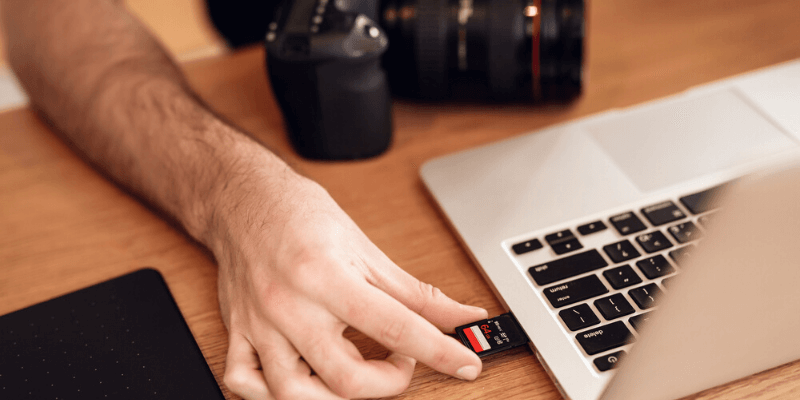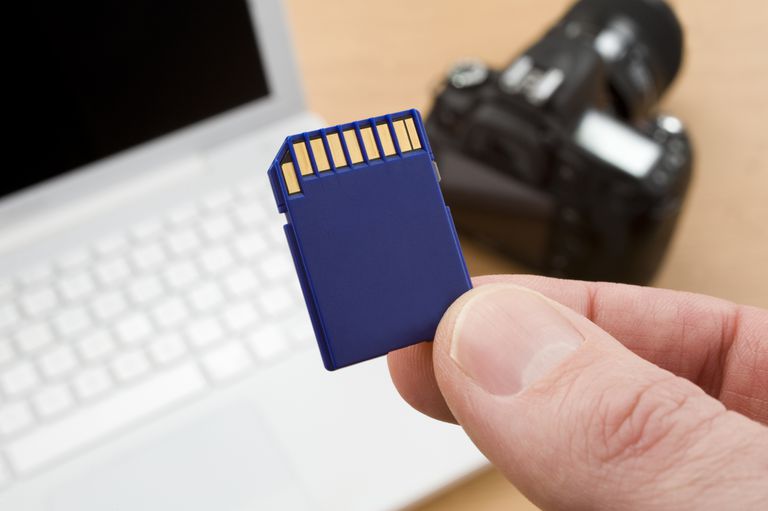

The prototype has a 14.31818MHz crystal connected to it. I needed this extra I/O pin to connect to the apple disk connector.įor the IDE/CF connection I used a normal 40pin header and then I bought a CF to IDE adaptor to allow the CF card to be connected. There was one exception, I did not connect the IRQ line from the IDE connector. The IDE/CF part was wired up as per the schematic on the link above. I have removed all of the FAT software and just used the ATA part of this code.

Some initial searching of the internet for the CF/ATA interface part that would be required resulted in the following website.Īs I had an Atmega32 on hand and this is a normal dip package that would be easy to wire up a prototype with, I decided to use this for the CF interface. There is more to write up, but this will cover the basics.Ī new port of this to an Arduino based SD card setup, for details see this page.
#TEST A COMPACT FLASH CARD FOR ERRORS ON MAC HOW TO#
There is enough info below to detail how to build one.īelow I have tried to describe some of the details. I have also tested with the disk image containing dos.master on it, all works fine. I am able to boot up prodos with this plugged into my //c external disk port. The result of this is a working smartport compact flash adapter using an Atmega32 microcontroller. And be able to swap the CF cards to a CFFA. The aim was to have it compatible with the CFFA images so I could use Cider Press to create them.

I decided to have a go and use this as a learning exercise to become familiar with the AVR microcontrollers. There has been some discussions on this, but nothing complete has been published yet. I have been keen to try and get a Compact flash adapter for my //c, but after much searching of the internet, it seemed that nothing existed. Apple //c Smartport Compact Flash Adapter Apple //c Smartport Compact Flash Adapter Introduction


 0 kommentar(er)
0 kommentar(er)
